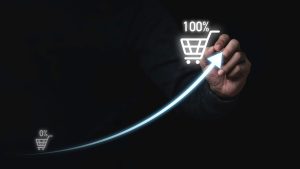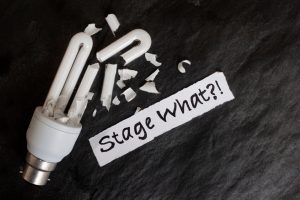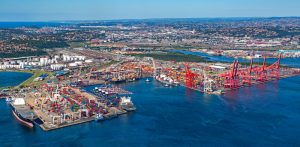Three procurement experts share their strategies for mitigating supply chain risk after 2020.
The Economist put it best in July 2020: “You may have lost interest in the pandemic. It has not lost interest in you. COVID-19 is here to stay. People will have to adapt. The world is not experiencing a second wave: it never got over the first.”
This reminder rings true for procurement and supply chain leaders.
Thankfully, we have left the disaster of the year called 2020 behind us. Let us take stock of where things stand: at the outset of the crisis, 97% of supply chains were affected. Since then, the global supply chain has stabilised but remains vulnerable. The virus continues to spread and economic uncertainty remains. But are we on the path to recovery?
“It’s hard to say if we are in recovery or not”, says Nick Binks, General Manager: Contracting and Procurement, Woodside Energy. “The initial crisis has passed, but we have not fully recovered. We expect to see new hurdles and obstacles pop up in our supply chain.”
“This crisis is far from over”, contends Bill DeMartino, Managing Director, riskmethods North America. “[It is] critical to build up supply chain defences to protect against the next wave.”
Procurement’s focus: supplier health and risk awareness
So, what is the best way for procurement and supply chain leaders to strengthen their defences in 2021?
Naomi Lloyd, Director of Procurement: Asia Pacific, Campbell Arnott, recommends keeping a pulse on the big picture: “Be conscious of the entire market. You may be experiencing strong demand now, but someone else in your network may experience a drop in demand or disruption. Everything is connected.”
DeMartino agrees: “Determining your critical supply chain dependencies is a must during the recovery process.”
The financial roller coaster we are experiencing also bears watching. According to riskmethods, the financial distress of suppliers was 105% higher in May 2020 than at the beginning of the crisis, signalling that more damage can still arise after recovery has started.
“Getting an accurate read on supplier health is always a challenge. Traditionally, we would qualify a supplier’s financial viability, and then set it and forget it”, notes Binks. “Now we are regularly checking and monitoring.”
According to riskmethods, becoming a more risk-aware enterprise is an essential step in the recovery and resilience process. Supply chain and procurement leaders can take different steps to make that happen, depending on what their business is experiencing right now. Specifically:
– During crisis, dedicate additional resources to risk management
– During recovery, expand the importance of risk in decision-making
– While operating in the new normal, elevate the role of risk preparedness by uniting stakeholders across the enterprise
“Risk has always been a KPI on our procurement scorecard but, pre-COVID, no one really took much interest in it within the business”, says Lloyd. “Now, risk management has been elevated. We’re holding weekly cross-functional meetings to openly identify and discuss what’s happening on the risk front. Procurement leads these meetings but everyone is involved: quality, engineering, planning, operations, finance, R&D, sales and more. This puts risk front-and-centre for everyone.”
Over the coming year the onus will be on procurement and supply chain teams to ensure that operations do not crash.
Adapted from Procurious



























